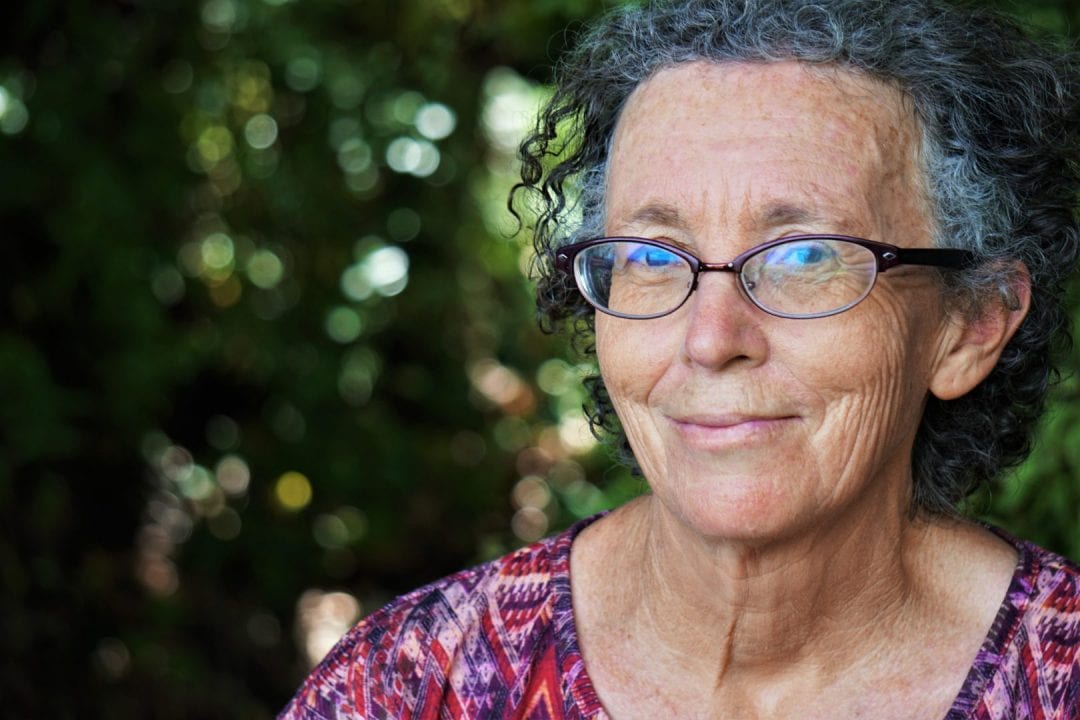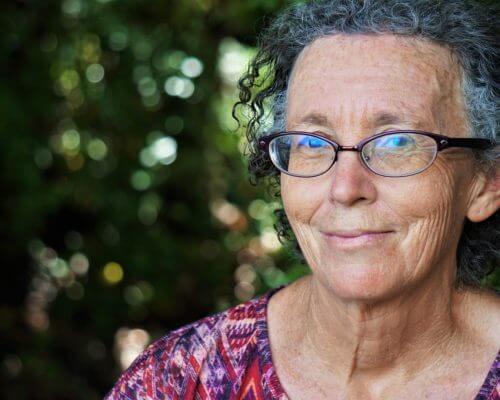It is reported that nearly 75-90% of all doctors visits are to do with stress-related illnesses, with almost73% of people claiming to experience stress on a daily basis. Although there is a general movement towards wellness and self care, many of us still simply try to avoid the reason we feel stressed. But feeling our emotions can be an important part of emotional healing and mental health.
The mind is the control centre of the body and if our minds are not in control, it can have negative effects on the health of our bodies. I’ve always been intrigued by yoga and over the years, I have practiced it a few times in more dynamic and exercise based styles like ashtanga. Although there are relaxing parts to this style, Yoga Nidra is purely about relaxation. As daily stresses and life circumstances occur, it’s always helpful to investigate new relaxation techniques that can help to deal with stress and overwhelming emotions.
What is Yoga Nidra?
Yoga Nidra is an ancient mediative form of yoga that relaxes your mind and induces a state of deep relaxation. It helps you explore the 5 levels of self calledpancha maya koshaand leads you feel a deeper sense of awareness. This form of yoga is a popular wellness technique that’s used to help reconnect your body and mind.
With Yoga Nidra, a form of guided mediation is usually carried out in a calm relaxing space with your body in a horizontal position, calledsavasana(corpse pose). Usually laying on the floor, a teacher then leads you through deep breathing and mind-centring techniques for around 30 to 40 minutes.
Yoga Nidra is known to be one of the most relaxing forms of yoga, with practitioners claiming it can remove past traumas, deal with addiction, chronic pain and help you de-stress. Its premise is based on healing your mind and welcoming your inner self, aiding you to confront difficult emotions and clear emotional blockages.
We often tend to suppress our emotions in the hope they will solve themselves, but using this method as a way of releasing internalised emotions like grief, anger and trauma can have transformative effects. The negative emotions we sometimes feel can causecortisol levels to be raised, leading to hormonal imbalances, gut problems, heart disease and depression. This highlights the importance of the relaxation, which Yoga Nidra can help provide.
A selection of our products
What is Yoga Nidra Good For?
Yoga Nidra can be used as a great stress reliever and is reported to be able to give almost immediate results. It has the potential to aid better sleep, reduce stress, recover from past emotional trauma, deal with PTSD, and even curb addiction. Moreover, this deep meditation practice is said to bring on a sense of joy and overall wellbeing.
“In Yoga Nidra, we restore our body, senses, and mind to their natural function and awaken a seventh sense that allows us to feel no separation, that only sees wholeness, tranquility, and well-being,”
– Richard Miller, a San Francisco Bay Area Nidra Practitioner
How to Do Yoga Nidra
This form of yoga is very simple and can be done in a class or on your own. There are guided meditation tapes that can be used if you want to do it solo. Yoga Nidra doesn’t have any complicated yoga poses or the use of the traditional seated, legs crossed yoga stance. It’s all taught lying down in thesavasana(corpse pose), so you don’t have to have any agility or experience to start doing it straight away.
I am personally always looking to try new wellness practices, so I decided to give it a try!
Step 1: Get Comfortable
I started by choosing a quiet space, where I felt able to relax with no distractions. Taking a pillow to make myself more comfortable, I lay on the floor with a pillow under my head and back for support.
Step 2: Start to Clear your Mind
I then started my guided meditation recording. To begin with, you are encouraged to create an intention for your life and focus on that. You are to become aware of your breath, your emotions and the sensations you are feeling in your body. Bybody scanning, you feel your brain and your body anchor to the floor.
Step 3:Feel the Peace
Next, once you are totally relaxed and aware of the breath, you are to feel the inner peace that is always present and be in the moment; in the here and now. You are to witness your consciousness and welcome your feelings, whatever they may be. Recognize any anger, sadness or fear without getting caught up in them, but just simply observing them.
Step 4: Feel Deep
After doing this for about 20 minutes, I felt as though I had drifted off: this is called ‘yogic sleep’. When I opened my eyes, I did feel very calm and relaxed. I noticed my heart rate was very slow and my breathing was very quiet. I just lay there, staring at the ceiling for a while, and then got up slowly. I have to admit, I did feel a little bit lighter emotionally and very peaceful.
If you want to try Nirda for yourself, here is the guided meditation that I used
The Results Are In
After I lay there for a while in a deeply peaceful state, I did feel like it had done some good. I hadn’t meditated in a while, but it felt great to do it again and I remember how helpful it really can be.
Apparently it’s not possible to do Yoga Nidra wrongand every time you do it, your experience might be different. I remembered when I first started meditating, I found it really hard to focus on my breathing and stop the barrage of thoughts in my mind. I think the first time I did it, I just thought about what I was going to have for dinner for a while and then I got into it. So don’t be put off if you find it hard the first time to calm your mind and be in the present. We are a society of over-thinkers that very rarely are told not to think and instead have our brains over-stimulated.
What Can Nidra Help With
“It opens a doorway to a place where we can see ourselves and our lives in the most positive light.”
– Rod Stryker, the founder of Para-Yoga
Yoga Nidra has been known to be used inhospitals, hospices, chemical dependency centers, homeless shelters, and jails for the treatment of severe emotional disorders. It has been known to help soldiers who return from war with the symptoms of PTSD to lessen hyper-alertness, anxiety,and sleep disturbances. Drug addicts who struggle to stay off drugs see improvements in self-awareness through Yoga Nidra, helping them recover and feel more comfortable in their own skin. It can also help people who are dealing with chronic illnesses like cancer and multiple sclerosis. Couples who need relationship help, sufferers of depression, stress, anxiety and insomnia can also benefit from the practice of Yoga Nidra.
Yoga Nidra is about getting to the root cause of emotional issues and facing them head on. Over time, you can experience a deep sense of wellbeing through this practice. Is can help you learn to be aware and welcome of all feelings, sensations and emotions, as well as be a tool to work through your thoughts, increase your self-awareness and practice the deep rest, in which you can feel more connected to life.

Do you want to try CBD for relaxation?
The post Yoga Nidra: The Ultimate Relaxation Yoga Practice appeared first on Endoca.
This content was originally published here.













